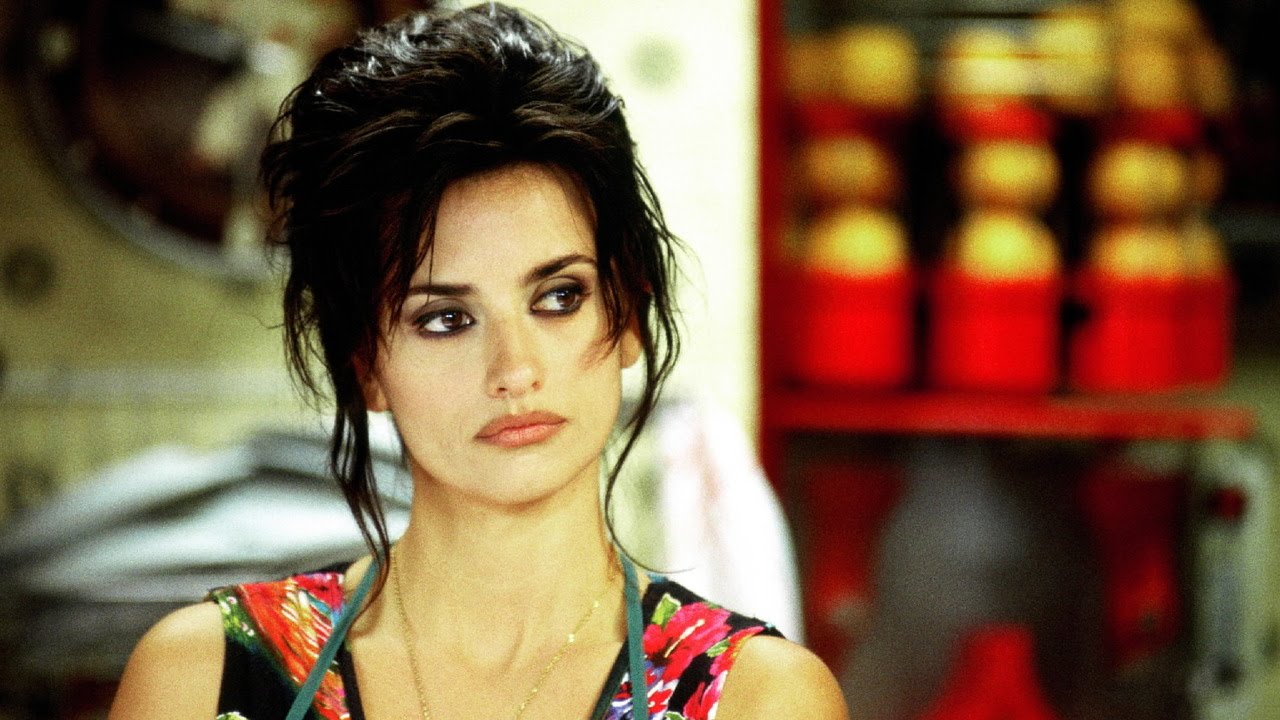
This is a man’s world. James Brown was right. Sometimes a male mind’s rationale appears on the surface of every man-made structure, norm, and pattern. Behind the surfaces, though, this is a woman’s world, too.
No, a dynamic woman isn’t found behind every successful man. A woman, in a both rough and delicate cloth of emotion and creation, is found everywhere. She’s your mother, your daughter, your lover, or even you. She may be complex and moody, but she’s the brave carrier of life.
Some centuries ago, William Congreve said that women are like tricks by sleight of hand, which, to admire, we should not understand. Indeed, it’s quite tricky to comprehend the acts that represent a woman’s complex psychological profile.
Nevertheless, the following films do so in a great degree, as they dare an explorative step within the labyrinthine metropolis of a female mind. Whether you’re a man or a woman, you’ll have the chance to face the world through the eyes of the significant, symbolic, and universal female characters discussed here.
10. Amélie (2001)
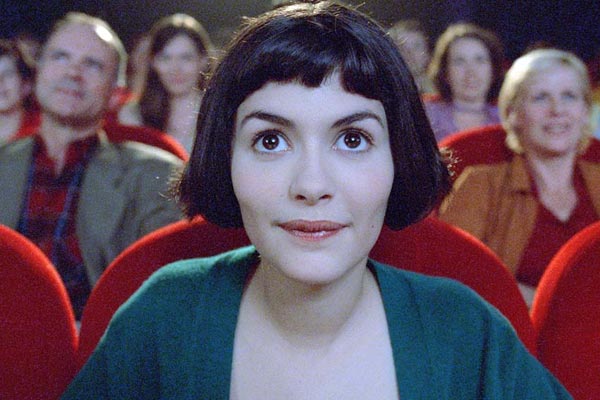
Perhaps the most famous French film of the 21st century, Jean-Pierre Jeunet’s peculiar and sensitive “Amélie” survives in memory through the extravagantly colorful imagery of its essentially troubled cinematic universe. Despite its delirious swirling in a child’s sugar-scented dream, the film involves much more parameters of a drama than the viewer intends to remember.
Pale and doll-like Amélie lives in an artsy postcard of Paris, where objects come to life, rabbits live in the clouds, and sentiments transform people into falling water. She’s the abandoned princess of this highly stylized fable. She’s the one who would eventually render justice and conquer the charming prince that senses her vivid childish spirit. At least, this is “Amélie” for most of the people: a beautiful, immediately satisfying love story set in Paris and dressed with Yann Tiersen’s touching melodies.
Living behind Jeunet’s kaleidoscope ‒an item that he found somewhere in his youthful conscience and adores to use ever since‒ Amélie is nothing more than another Parisian girl. Yes, she lives in a red dollhouse. And yes, her Paris is autumnal and melodic. But she grew-up alone and untouched. She remembers a suicidal mother and a distant father. As a young woman, she’s insecure and socially excluded. The entire gamut of her sentiments emerges there, on the image-making artifices that we love to relive.
9. Perfect Blue (1997)
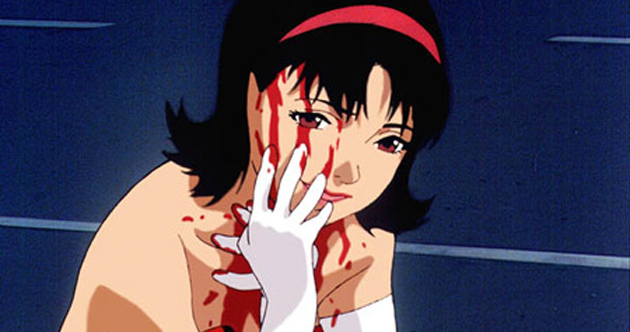
Its animated visual construction soothes the intensity of its unbowed explicitness, maybe. Yet, the dreary psychological content of “Perfect Blue” is imparted to every viewer, directly and painfully. One of Satoshi Kon’s greatest works, this generously bloody illusion of a film dares to shed some light in the mystified cerebral tunnel of a mentality confused young woman. The result is a striking ordeal for one’s eyes and soul.
Mima is a gorgeous member of a teen pop band that decides to pursue an even more ambitious career in the film industry. After accepting a psychologically demanding role in a violent b-movie, she abruptly falls into the muddy waters of a self-destructive inner battle.
A wounded remnant of her former persona clashes with Mima’s inwardly traitorous choices, pointing toward an irreversible lunacy. Progressively, her cerebral eyes fail to discern the real menaces from the fictional demons that her own cognitive hands molded in a nightmare.
The most terrifying element of the film occurs in the descriptive projection of the girl’s wrecked mentality. Mima abandoned the singing career so as to deal with an ignored aspect of herself. As a part of a pop band, she had to demonstrate her female allures and exist as an artist through them.
Embodying the role of a rape victim, however, she had to face a much darker shade of the same psychological toil. In this fashion, the picture’s thriller-like tone resurfaces from Mima’s existential cloudiness, as it wigwags between surrealism and paranoia.
8. Show Me Love (1998)
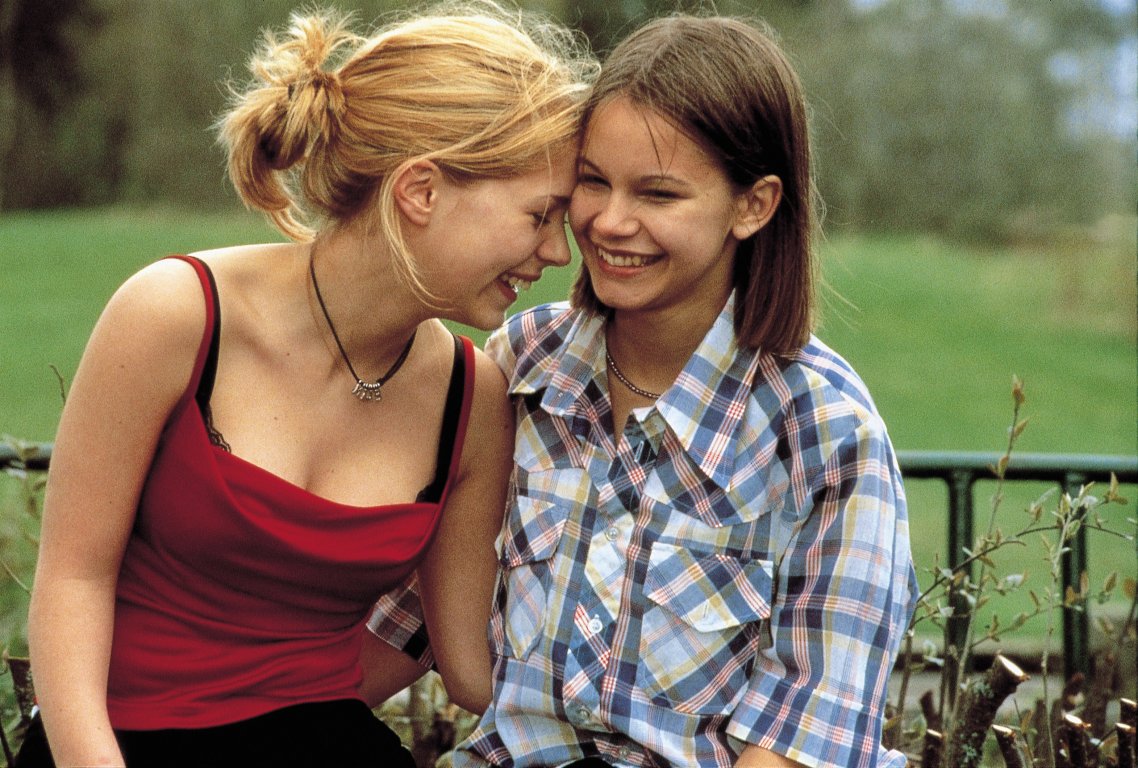
Swedish director Lukas Moodysson has focused on the complicated sentimentalism of a teenage heart in a crystal-clear and insightful way. Four years before the unconditional search for identity that is projected on the avid 16-year-old girl of “Lilya 4-ever,” his 1998 “Show Me Love” provides a window in the restrained dynamic mind of every adolescent woman that lives in province.
The film’s two special protagonist characters, Elin and Agnes, seem completely different after a first analysis. Elin is the most beautiful girl of the class, aware of her strong impact on both female and male friends. But despite the people’s effortless yet thin acceptance, Elin hasn’t really accepted her own self. Under Elin’s wide shadow, Agnes stands alone. She’s distant, introverted and of homosexual preferences: a combination that makes her a social outsider in the miniature web of her hometown.
Approaching the same transparent top of self-approval, Elin and Agnes run simultaneously from two different directions. Elin hasn’t really been loved, since no one has ever made a substantial effort to disinter her well-hidden core. In a prompter, still painful way, Agnes is also ignored. Their start line is different, but the two girls finally find each other at the same final destination, where they share a hearty revelation and spiritual deliberation.
Imperfect, profound and realistic, Moodysson’s heroes are exceptionally delineated, delivering a heavy load of emotions and describing a universal state of mind. As if stepping on the floor of a deep psychological ocean, the creator observes his characters overacting, regretting, seeking attention, hurting, and loving. At the end, the emerging portraits become more that real.
7. Ghost World (2001)
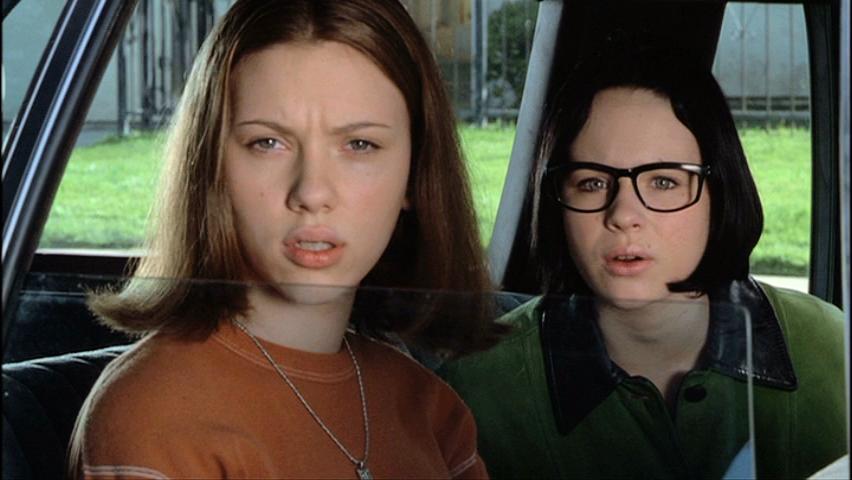
After a first view, you’ll probably feel enchanted by the scattered melancholy and nostalgic overtone of Terry Zwigoff‘s “Ghost World.” The story’s unconstrained flow through space and time could create the false idea of an undemanding idealistic entity, which would be completely disorientating. It’s easy to drift in Enid’s tiresome world, but it’s kind of harder to see its ghosts’ reflections on the empty streets and babbler humans.
We all know girls like Enid. She’s not one of those pretentious, ostensibly intellectual teenagers that belong in the class’s “alternative” click. She’s not a rebel without a cause. Actually, she’s not a rebel at all. Enid’s intelligence is of the quality that most people need to ignore in order to continue existing in their world of plastic happiness and solid resistance toward the past. Her humble protests create nothing more than an offensive dissimilarity to their eyes.
Somewhere in that indifferent microcosm that weakly surrounds her, Enid discovers someone who secretly lives in one of her ghost world’s colorful alleys. Seymour balances numbly in his miserable and soundless body.
We all know men like him, as well. He’s safely hidden behind an enormous collection of rare records, while he wastes his days in the tasks of a conventional job position. Seymour and Enid are made by the same raw materials, doomed to meet and then once again scatter in their mind’s cloudy sky.
It’s not the retro references, or the wistful mood that generates such a great yet undetermined charm. It’s Enid’s well-written, profound, and substantially adorable character. Her choices don’t aim to a needless idealization, while her confusion reveals the realistic components of her psychological profile. Still, Enid’s chosen intellectual loneliness synthesizes one of the most unforgettable and carefully detailed cinematic characters ever made.
6. Vagabond (1985)
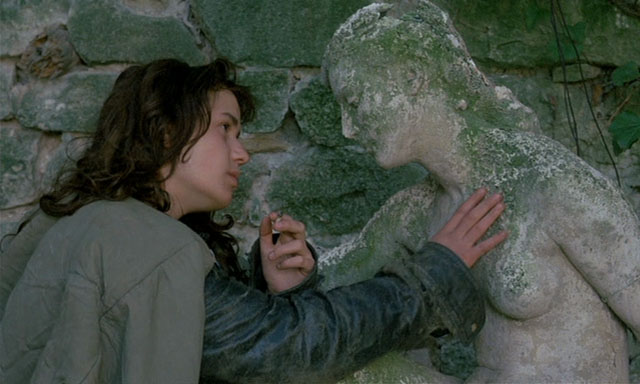
More than 20 years after the two-hour neurosis of Cléo, that fragile blonde artiste who needed to sense a thunderstorm approaching her head, Agnès Varda exhibited another outstanding study of a woman’s psychology, archetypical burdens, and social position in the western world. The daring eye of “Vagabond” attempts a distressing passage through a symbolic life’s breakages, beholding honest existential truths that sting.
Mona’s last days define a bold leap over the longstanding borders of a strictly formalistic, frustrating existential terrain. The puzzle of her life’s end is composed as various passers-by talk about their brief meeting with that bizarre female vagabond, putting the story’s pieces together step by step. The occurring scratched picture describes the absolute dramatic heroine and the hidden rebellious spirit of every woman all the same.
Gracefully embodied by Sandrine Bonnaire, an actress whose expressive honesty never fails, Mona manages to become the woman that defies the sexist taboos, the woman that dares to overcome the distinctive features of her gender, and the woman who’s finally defeated due to her bravery. That’s why she’s more of a female thinking’s reflection instead of a real character. That’s why her frantic adventure represents a repressed woman’s dream and nightmare. Mona, in her glorious creased skin, is both Varda’s and Bonnaire’s greatest masterpiece.